By 2030, in addition to the 28 planned airports, the Government decided to add two more airports: Thanh Son (Ninh Thuan) and Bien Hoa (Dong Nai).
According to the Prime Minister's approval decision on June 7, the national airport system for the 2021-2030 period is planned according to the hub-spoke model with two main hubs in Hanoi and Ho Chi Minh City.
By 2030, the country will maintain 14 international ports as at present, including: Van Don, Cat Bi, Noi Bai, Tho Xuan, Vinh, Phu Bai, Da Nang, Chu Lai, Cam Ranh, Lien Khuong, Long Thanh, Tan Son Nhat, Can Tho and Phu Quoc.
16 domestic ports include: Lai Chau, Dien Bien, Sa Pa, Na San, Dong Hoi, Quang Tri, Phu Cat, Tuy Hoa, Pleiku, Buon Me Thuot, Phan Thiet, Rach Gia, Ca Mau, Con Dao, Thanh Son and Bien Hoa. Of which, Thanh Son and Bien Hoa airports are planned for dual-use exploitation for both military and civilian purposes.
Thus, the Prime Minister has decided to add Thanh Son and Bien Hoa airports as domestic ports. The country will have 16 domestic airports instead of 14 as previously proposed by the Ministry of Transport.
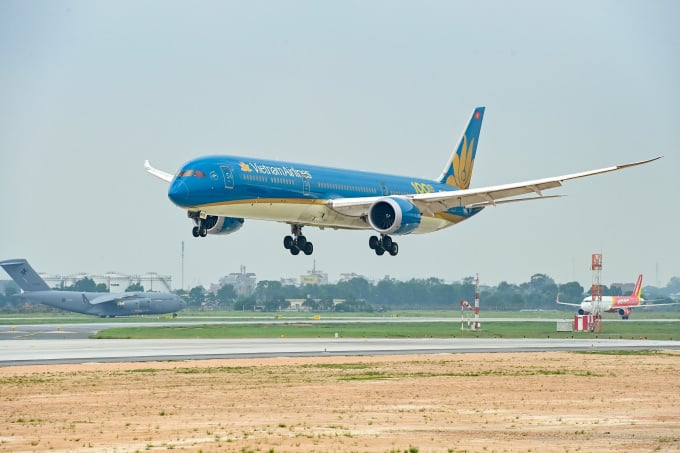
Noi Bai Airport is the only international airport in the Capital Region. Photo: Giang Huy
By 2050, Vietnam will have 33 airports. Of the 14 international airports at this stage, Cat Bi will no longer exist, but will be replaced by Hai Phong port, located in Tien Lang district. Of the 19 domestic ports, there will be 3 new ports: Cat Bi, Cao Bang and the second port in the capital region.
The Government has decided to plan the second airport in the capital region to be for domestic passenger transport, instead of being an international port as proposed by the Hanoi People's Committee.
Add local airports as eligible
In response to a series of local airport construction proposals, the Government stated that it will study and evaluate the planning capabilities for a number of ports serving national defense and security; a number of important locations in emergencies, with potential for development in tourism and services... The addition of airport planning will be considered when conditions are met, including a thorough assessment of needs, technical requirements, investment resources and related impacts.
This proposed list includes 12 airports including: Ha Giang (in Tan Quang commune, Bac Quang district); Yen Bai (Nam Cuong ward, Yen Bai city); Tuyen Quang (Nang Kha commune, Na Hang district); Gia Lam military airport (Long Bien district, Hanoi); Bac Ninh (Xuan Lai commune, Gia Binh district); Ha Tinh (Cam Nam commune, Cam Xuyen district); Kon Tum (Mang Den town, Kon Plong district); Quang Ngai (An Hai commune, Ly Son district); Binh Thuan (Ngu Phung commune, Phu Quy district); Khanh Hoa (Van Thang commune, Van Ninh district); Dak Nong (Quang Khe commune, Dak Glong district) and Tay Ninh (Phuoc Ninh commune, Duong Minh Chau district).
420,000 billion VND needed to implement planning
The Prime Minister's decision clearly states that priority will be given to investing in the construction or expansion of important international ports that play a key role such as Long Thanh, Tan Son Nhat, Noi Bai, Da Nang, Cam Ranh, and Phu Quoc. The Government will gradually upgrade and effectively exploit existing ports, invest in new ports, and strive for over 95% of the population to have access to airports within a radius of 100 km.
The target by 2030 is that the total passenger volume through the ports will be about 275 million (accounting for 1.5-2% of the transport market share and 3-4% of the total inter-provincial passenger volume). The total cargo volume through the ports will be about 4.1 million tons (accounting for 0.05-0.1% of the transport market share).
In addition to airports, the plan also includes logistics centers at ports with a transport demand of more than 250,000 tons per year. These logistics centers connect traffic to transport goods at Noi Bai, Tan Son Nhat, Van Don, Cat Bi, Da Nang, Chu Lai, Long Thanh, Can Tho ports and a number of ports. Chu Lai airport will form an international cargo transit logistics center.
The capital investment demand for the airport system by 2030 is about VND420,000 billion, mobilized from the state budget, non-budgetary sources and other legal sources. New ports will mobilize investment under the public-private partnership (PPP) method.
The airport is the final plan developed by the Ministry of Transport over the past two years and approved by the Government, after four specialized plans including roads, maritime, railways and inland waterways.
According to the initial draft of 2021 by the Ministry of Transport, the country is expected to have 28 airports by 2030, 31 airports by 2050. Many localities then proposed to build airports to meet the travel needs of people, develop tourism, and ensure national security and defense. At the end of 2022, the Civil Aviation Authority of Vietnam and the consulting unit reviewed and worked with each locality to assess planning capabilities and transportation needs.

Planned Vietnam airport network to 2050.
Source link


![[Photo] Close-up of Vietnam's sniffer dog team searching for earthquake victims in Myanmar](https://vstatic.vietnam.vn/vietnam/resource/IMAGE/2025/4/1/d4949a0510ba40af93a15359b5450df2)


![[Photo] Prime Minister Pham Minh Chinh meets with King Philippe of Belgium](https://vstatic.vietnam.vn/vietnam/resource/IMAGE/2025/4/1/be2f9ad3b17843b9b8f8dee6f2d227e7)
![[Photo] General Secretary To Lam receives King Philippe of Belgium](https://vstatic.vietnam.vn/vietnam/resource/IMAGE/2025/4/1/e5963137a0c9428dabb93bdb34b86d7c)
![[Photo] President Luong Cuong and King Philippe of Belgium visit Thang Long Imperial Citadel](https://vstatic.vietnam.vn/vietnam/resource/IMAGE/2025/4/1/cb080a6652f84a1291edc3d2ee50f631)
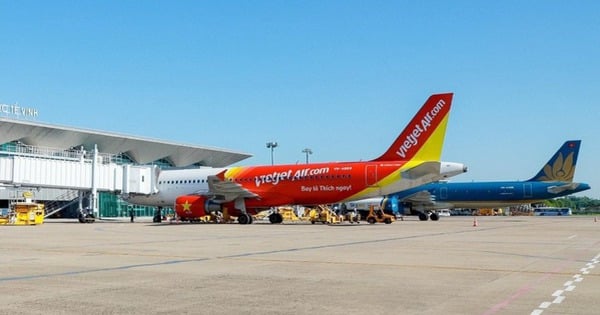

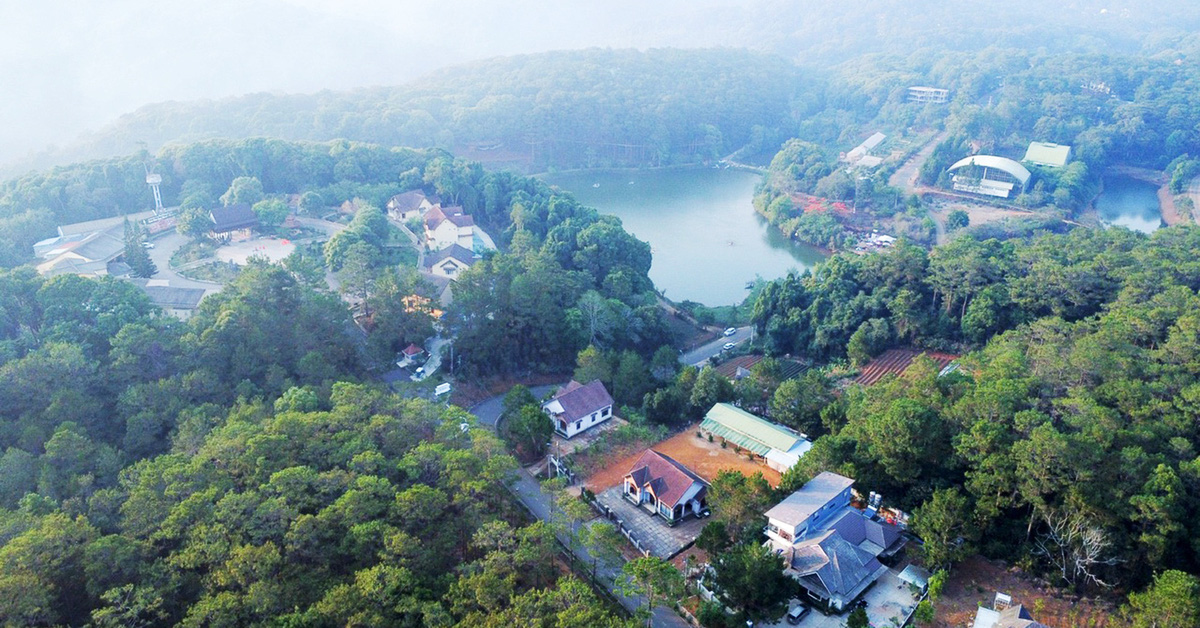

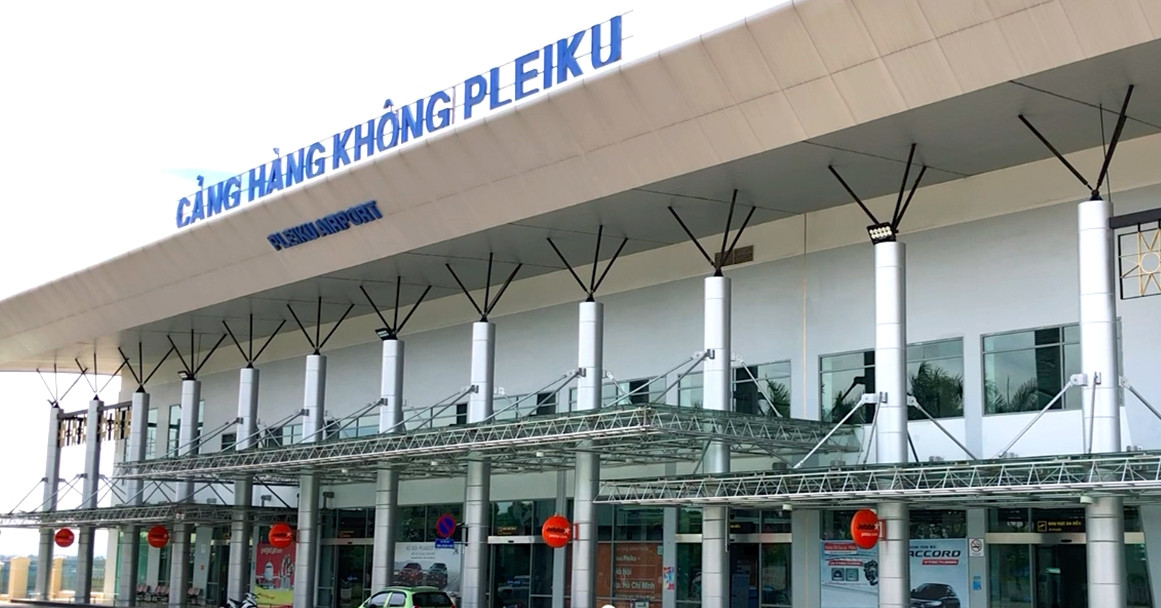

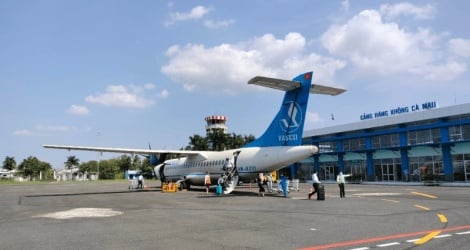

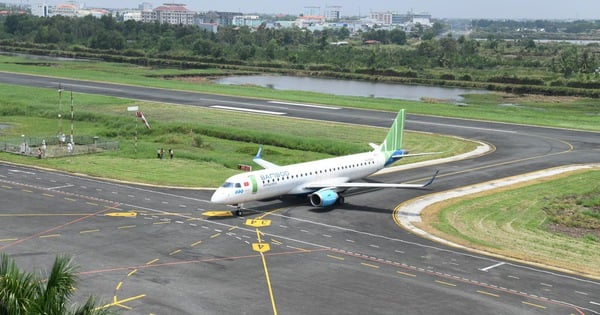

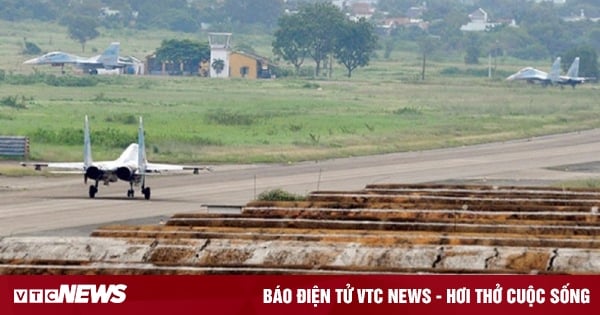




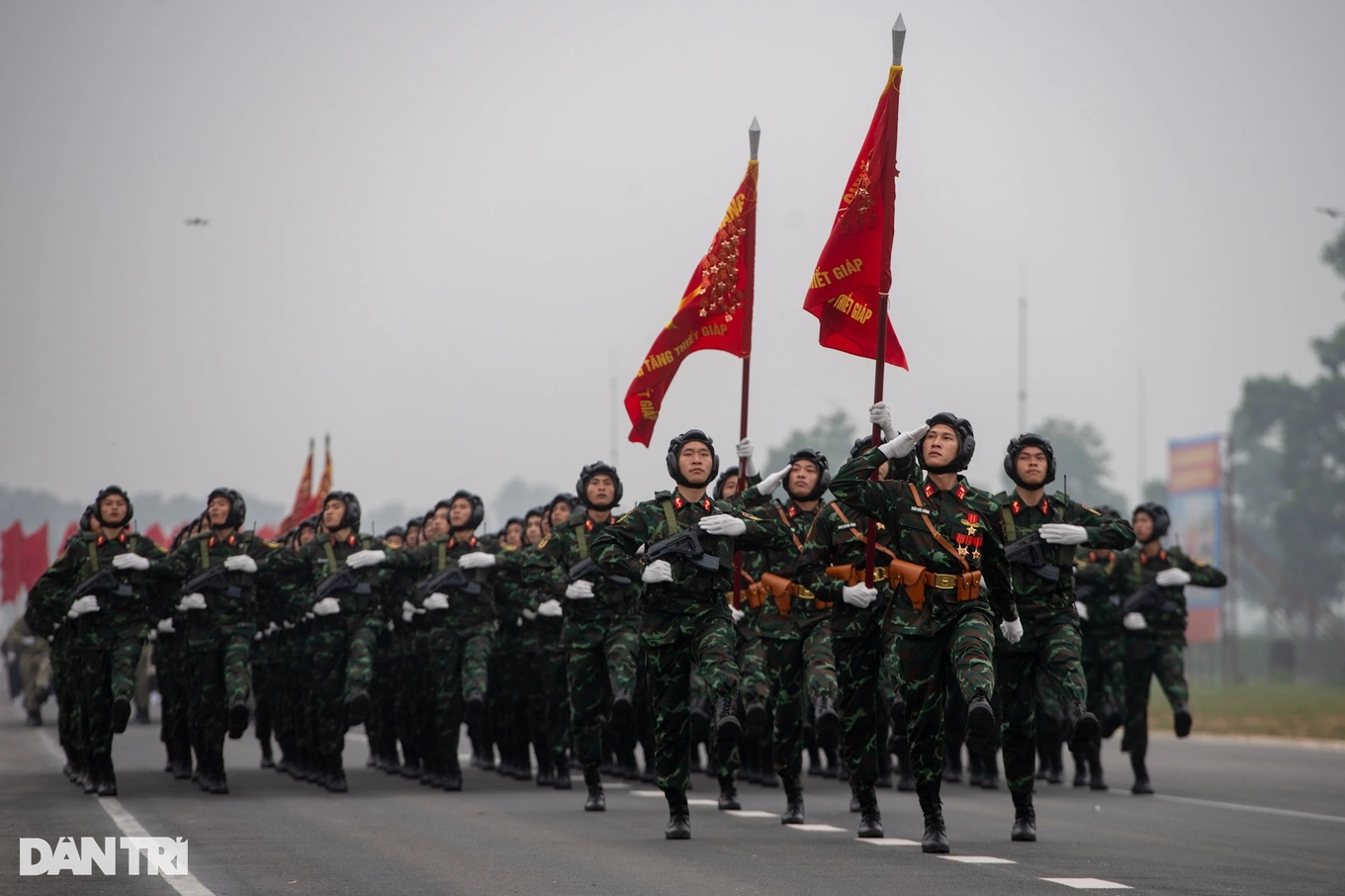
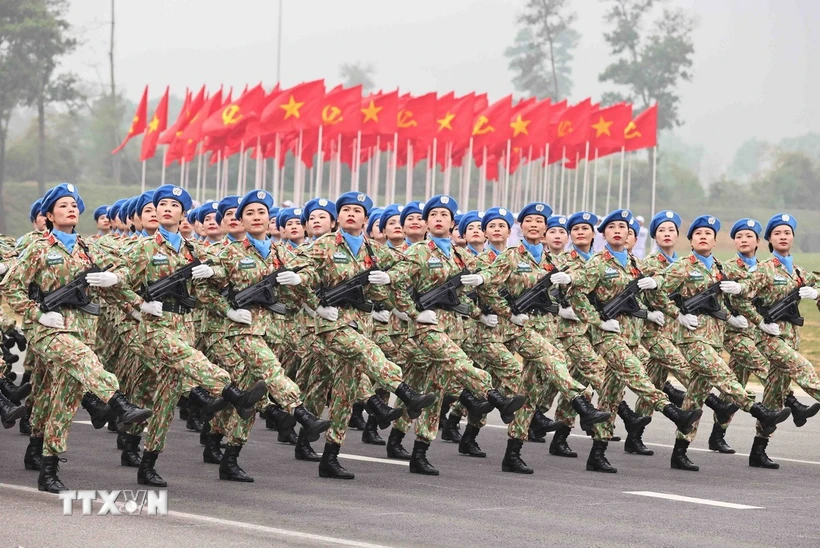
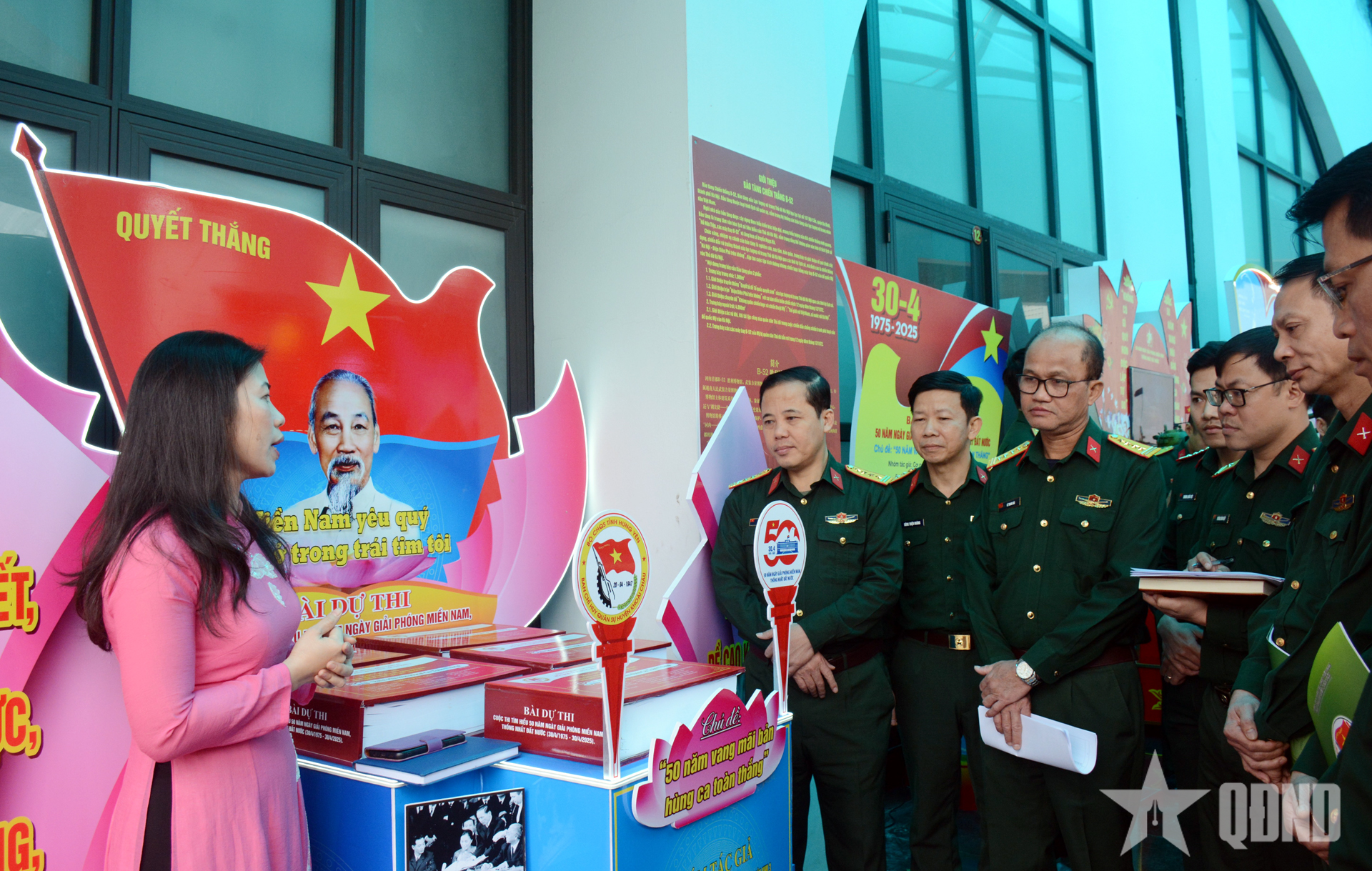










![[Photo] Myanmar's capital in disarray after the great earthquake](https://vstatic.vietnam.vn/vietnam/resource/IMAGE/2025/4/1/7719e43b61ba40f3ac17f5c3c1f03720)




























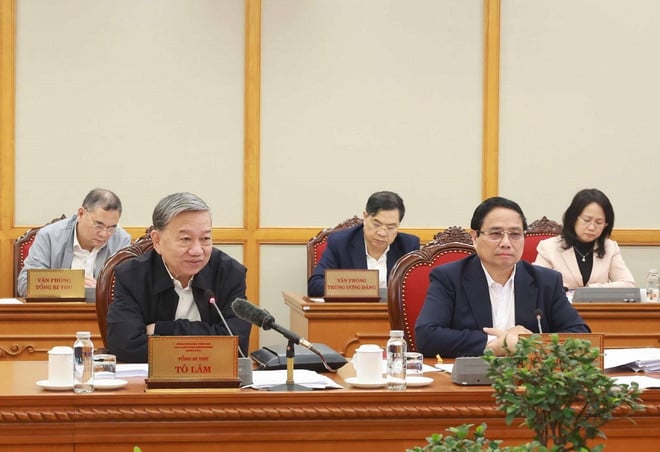

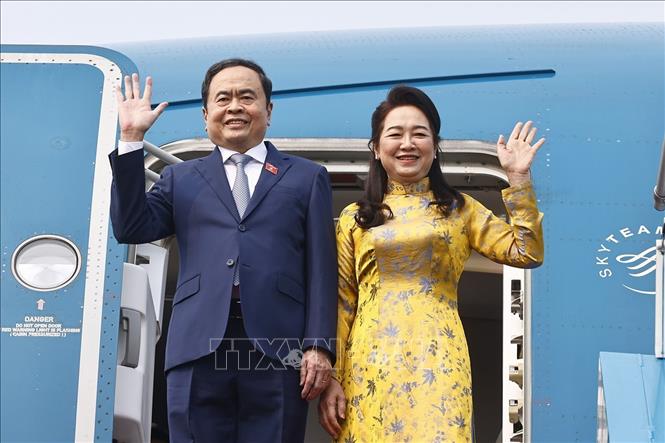





























Comment (0)